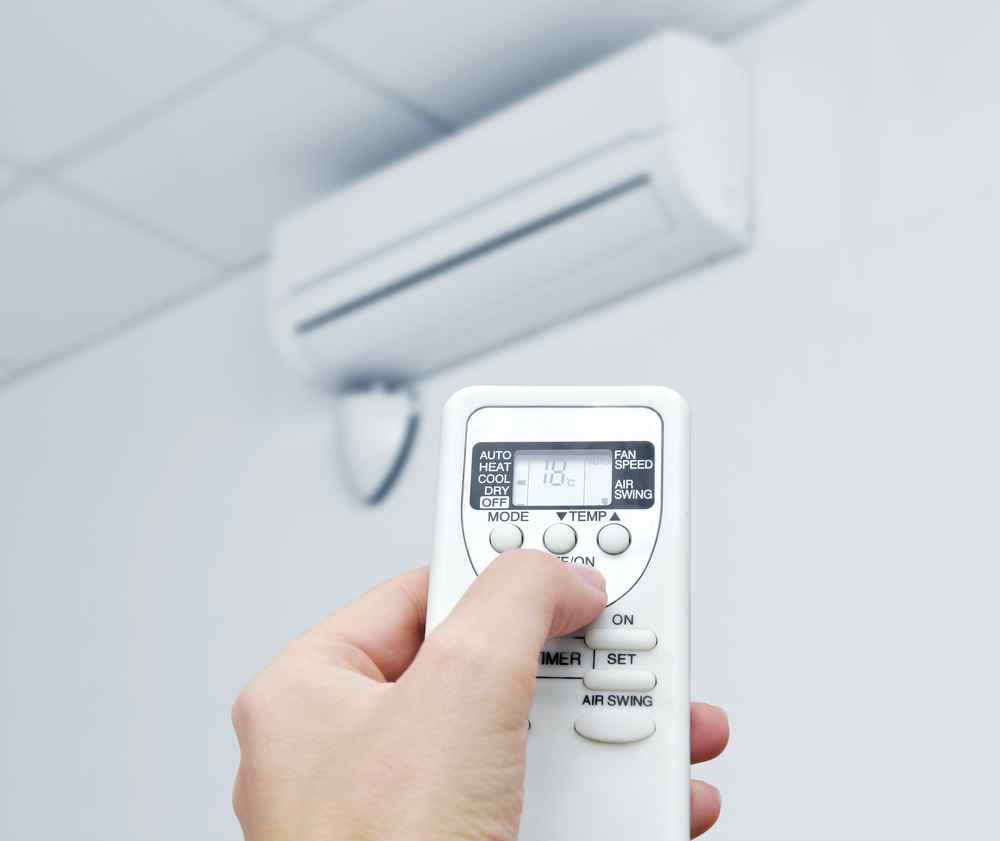
Replacing an old HVAC system with a new, more efficient model can be a great way to save money on energy costs. But if you’re considering retrofitting your heating and cooling system, professional HVAC distributors at Gustave A. Larson claim that it pays to do your homework. There are many factors to consider before you commit—not just the size of the unit but also its efficiency rating, installation costs, and even ductwork modifications. To help you make the right decision, we’ll discuss some of the do’s and don’ts of HVAC retrofits.
What are the do’s and don’ts of HVAC retrofitting?
It’s important to be well-informed about what your professional technician should and shouldn’t do when you hire them to retrofit your HVAC system. Let’s have a look at the most important considerations that you should take into account prior to this process.
Do Know Your System & Check Efficiency Ratings
Before beginning any retrofit project, it’s essential that you know exactly what kind of system you have and what its efficiency rating is. If you have an older system with a low-efficiency rating (usually anything below 15 SEER), then it may be time for an upgrade. An inefficient system will not only cost more to operate but could also be wasting energy unnecessarily.
When looking at new units, pay attention to the SEER (Seasonal Energy Efficiency Ratio) number which indicates how efficient a particular unit is compared to other models in its class. The higher the SEER number, the more efficient the unit is likely to be.
Do Consider Ductwork Modifications
Even if you’re replacing your existing unit with one of similar size and efficiency rating, there may still be modifications necessary in order for it to work properly in your home or business space. If the ductwork needs extra insulation or repair work, or if new registers or vents need to be installed in order for airflow to distribute throughout the space properly, these should all be taken into consideration when budgeting for a retrofit project.
Otherwise, you could end up reducing your energy savings because airflow from the new unit isn’t distributed evenly throughout your space due to inadequate ductwork design or installation problems.
Don’t Forget About Maintenance & Warranties
Once your retrofit is complete, don’t forget about regular maintenance checks and having warranties in place on both parts and labor associated with the job. These two things will ensure that any repairs needed in future years will not come out of pocket as they would if no warranty was present or if maintenance was neglected over time. It’s important to note that most manufacturers require annual maintenance checks as part of their warranty requirements; so make sure this step isn’t overlooked.
Final note
HVAC retrofitting can help improve air quality while reducing energy costs at home or commercial spaces over time. However, knowledge about current systems along with proper installation are key components for success when completing such projects. Knowing which type of system works best for your needs along with researching potential contractors who specialize in such projects can help make this process much smoother overall.
A reliable contractor will be more than familiar with these tips, but you might feel better knowing what the process looks like and what to pay attention to. By following these tips when considering HVAC retrofit projects, homeowners and commercial owners alike can rest assured that their systems are running efficiently while saving money as well.



